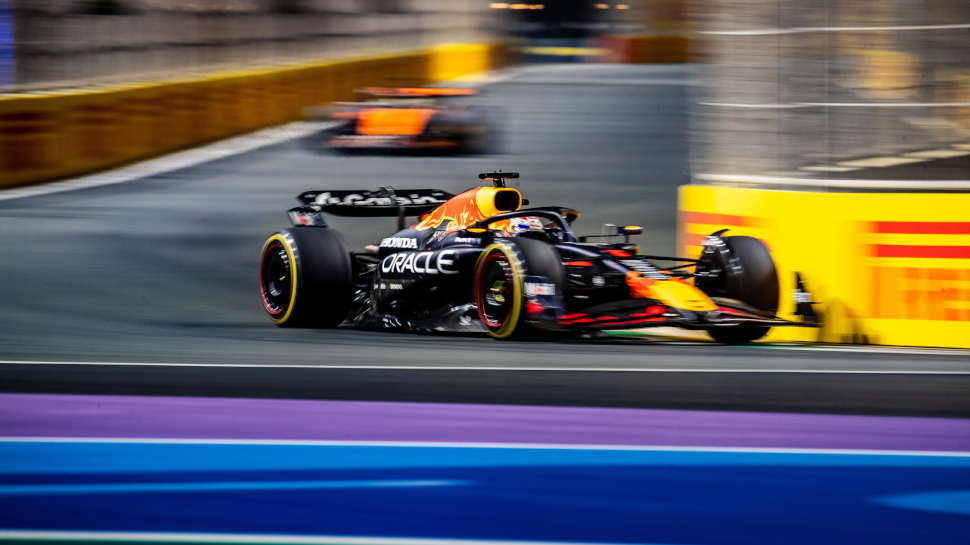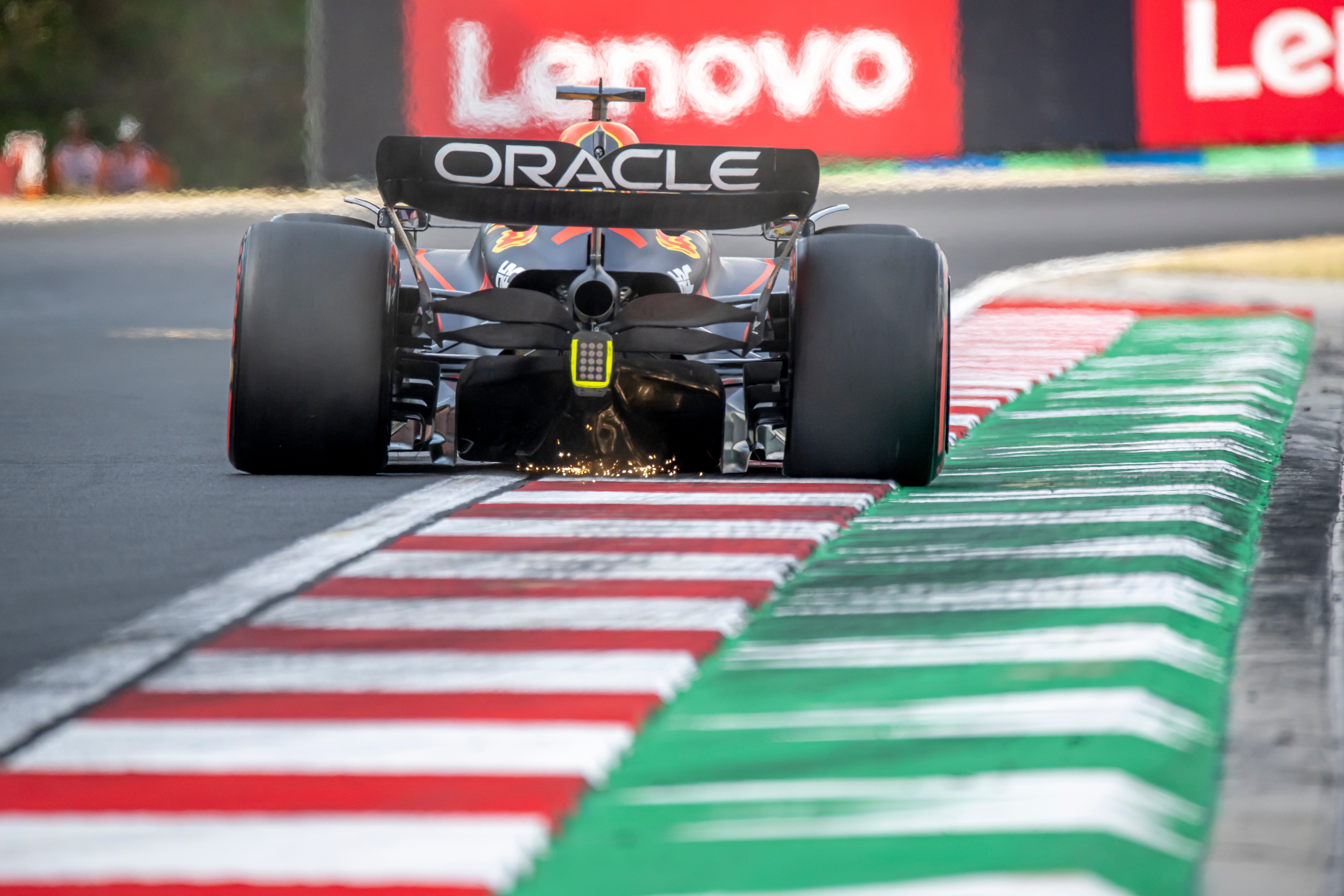Making every second count - how Oracle is keeping Red Bull Racing at the top of the Formula 1 game
Oracle and Red Bull Racing partnership continues to go from strength to strength

With a blockbuster Hollywood movie wowing fans across the globe, and this weekend's British Grand Prix set to be another barnstormer, it's fair to say Formula 1 is in a strong place right now.
The world's fastest sport is also probably the most tech-savvy, with each of the ten teams pouring millions into software (and hardware) aimed at helping them gain that extra tenth of a second to make all the difference between victory and second place.
Oracle Red Bull Racing has long been leading the way when it comes to utilizing the most its technology partners can provide, and ahead of Silverstone this weekend, we got to speak to Oracle to hear more.
Making all the difference
"In the high-stakes world of Formula One, milliseconds matter," Jason Rees, Senior Vice President, Technology Cloud Engineering, EMEA, Oracle, tells us, "Oracle Red Bull Racing (ORBR) is proving that cloud and AI technology can make all the difference - its dynamic partnership with Oracle has not only fuelled performance on the track but also inspired a digital transformation blueprint for businesses everywhere."
Since signing an initial technology partnership agreement in 2020, before becoming title sponsor in 2022, Oracle has provided a host of services and platforms which have led to one of the most successful periods of the team's history.
After first adopting Oracle Cloud Infrastructure (OCI) in 2021, the team was able to greatly expand its testing and simulation work.
The team runs billions of simulations on OCI during the season to have the most competitive race strategy possible prior to the start of each race, Rees notes, and by harnessing the capabilities of OCI, the team can process and analyse vast amounts of data during a race, from telemetry and vehicle performance to environmental conditions, allowing them to derive insights quickly, make real-time adjustments, and fine-tune their race-day strategies.
Sign up to the TechRadar Pro newsletter to get all the top news, opinion, features and guidance your business needs to succeed!
This season, ORBR is deploying OCI’s new Compute A2 and A4 Flex shapes, allowing the team to run more simulations weekly, exploring a broader range of scenarios to improve race-day decisions, Rees notes - allowing the team to build and run applications in a highly available hosted environment, as A2 instances support workloads such as web servers, small databases, development environments, and batch processing.
These improvements also come with the added bonus of staying on the right side of Formula 1's stringent cost-cap regulations, which cover all team operations - including IT.

Rees highlights how this season, the partnership has been expanded by bringing Generative AI to the pit wall.
Throughout a race weekend, teams must stay highly vigilant and be adaptable to the sporting regulations: a wrong decision can lead to a penalty and be the difference between winning and losing.
Previously, this task fell on the shoulders of ORBR engineers, who needed to devote precious time to analyzing thousands of pages of complex regulations and hundreds of past incidents to make time-critical, race-impacting decisions
Oracle’s GenAI solution - powered by retrieval-augmented generation (RAG) and a large language model (LLM) - will soon enable ORBR to search and summarize regulations in real time on the pit wall, freeing up engineering time to focus on race activity and helping improve the team’s ability to respond to sporting regulations.
ORBR is also partnering with Oracle to standardize their technology, as all team trackside infrastructure - from sensor monitors to garage computers - is now running on Oracle Virtualization, Oracle Linux, and Oracle Cloud Native Environment.
"Standardizing tech across factory, trackside, and remote environments can help reduce inefficiencies, cut costs, and enable engineers and strategists to work seamlessly wherever they are," Rees notes.
All change
Formula 1 is set to undergo a major change in 2026, as a new set of rules and regulations threaten to shake up the order of the sport.
The 2026 season will also be the first where ORBR supplies its own engines, as following the end of its partnership with Honda, the company's internal Red Bull Ford Powertrains unit is using OCI to develop a next-generation hybrid engine.
By running its most complex simulations on OCI, the Red Bull Ford Powertrain’s engineering team is taking advantage of the latest cloud technologies to help overcome the challenge of building a sophisticated new engine development business from the ground up.
"The ability to process vast amounts of data in real time, make faster decisions, and optimize workflows isn’t just a necessity for F1 teams; it’s a strategic advantage every business can leverage," Rees concludes.
- We've rounded up the best cloud storage options around today

Mike Moore is Deputy Editor at TechRadar Pro. He has worked as a B2B and B2C tech journalist for nearly a decade, including at one of the UK's leading national newspapers and fellow Future title ITProPortal, and when he's not keeping track of all the latest enterprise and workplace trends, can most likely be found watching, following or taking part in some kind of sport.
You must confirm your public display name before commenting
Please logout and then login again, you will then be prompted to enter your display name.